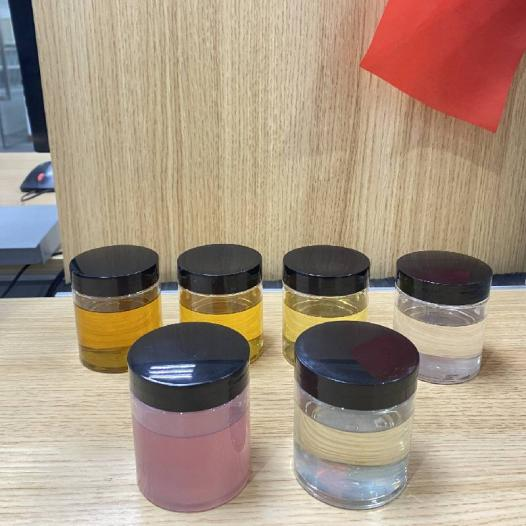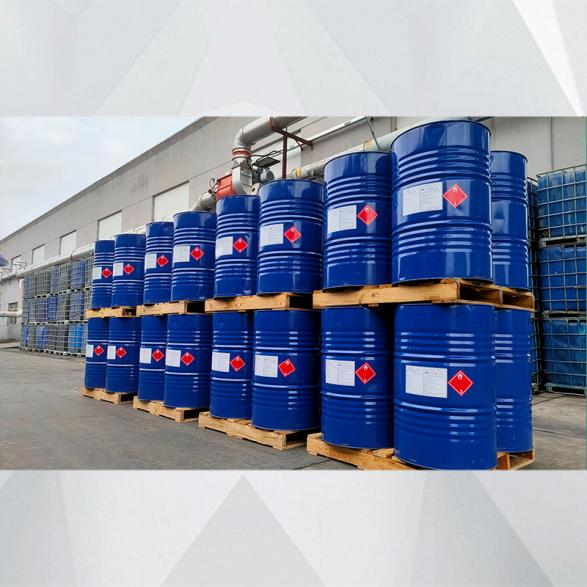Effect of Temperature and Humidity on Mechanical Properties of Unsaturated Polyester Resins

Unsaturated polyester resins (UPRs) are widely used in industries such as construction, automotive, and marine due to their excellent mechanical properties, ease of processing, and cost-effectiveness. However, their performance is significantly influenced by environmental factors, among which temperature and humidity are two critical variables. This article explores how temperature and humidity affect the mechanical properties of UPRs and highlights the advancements of Fangxin Resins in addressing these challenges.
Impact of Temperature on Mechanical Properties of UPRs
Temperature exerts a profound influence on the mechanical behavior of UPRs by altering their molecular mobility and internal structure.
Glass Transition Temperature (Tg) and Mechanical Behavior
Below the glass transition temperature (Tg), Acrylic resin coating in a glassy state, exhibiting high modulus, strength, and brittleness. As temperature increases and approaches Tg, the molecular chains gain mobility, leading to a sharp decline in modulus and strength. Above Tg, the resin enters a rubbery state, characterized by reduced stiffness and increased ductility. For example, the flexural strength of a typical UPR may decrease by 30-50% when temperature rises from 25°C to 80°C, depending on its crosslink density.
Thermal Oxidation and Long-Term Degradation
Prolonged exposure to high temperatures can trigger thermal oxidation of UPRs. Oxygen reacts with the resin's molecular chains, breaking chemical bonds and reducing crosslink density. This results in a gradual loss of mechanical properties, such as tensile strength and impact resistance. In extreme cases, thermal degradation can cause discoloration, cracking, and structural failure of UPR-based components.

Influence of Humidity on Mechanical Properties of UPRs
Humidity affects UPRs primarily through water absorption, which modifies their chemical and physical properties.
Water Absorption and Swelling
UPRs are slightly hygroscopic, and water molecules can penetrate the resin matrix over time. This absorption leads to swelling, which disrupts intermolecular forces and weakens the resin structure. Swelling-induced stress may cause microcracks, reducing the resin's compressive strength and dimensional stability. For instance, UPR specimens exposed to 95% relative humidity for 30 days can experience a 10-15% increase in volume and a 20-25% decrease in tensile modulus.
Synergistic Effects of Temperature and Humidity
The combined action of temperature and humidity often has a more severe impact on UPRs than either factor alone. High humidity accelerates water absorption, while elevated temperatures enhance molecular mobility, making it easier for water molecules to diffuse into the resin matrix. This synergistic effect can lead to rapid degradation of mechanical properties, such as a significant drop in fatigue resistance and creep resistance. For example, UPR components used in tropical climates, where both temperature and humidity are high, may exhibit a 40-50% reduction in service life compared to those in temperate regions.

Mitigation Strategies and Innovations
To address the challenges posed by temperature and humidity, manufacturers have developed various modification techniques, such as adding fillers, reinforcing fibers, and chemical stabilizers. Fangxin Resins, a leading producer of UPRs, has made significant advancements in this area.
Fangxin's high-performance UPRs are formulated with special additives that reduce water absorption and improve thermal stability. Their proprietary crosslinking agents enhance the resin's resistance to hydrolytic degradation, ensuring better retention of mechanical properties in humid environments. Additionally, Fangxin offers UPR grades with tailored Tg values, allowing customers to select resins that match the temperature requirements of their specific applications.
In tests conducted by Fangxin Resins, their modified UPRs showed only a 15-20% decrease in flexural strength after exposure to 80°C and 95% relative humidity for 1000 hours, compared to a 35-40% decrease in conventional UPRs. This superior performance makes Fangxin's UPRs ideal for use in harsh environments, such as marine coatings, chemical processing equipment, and outdoor structural components.
Temperature and humidity significantly affect the mechanical properties of unsaturated polyester resins, with high temperatures reducing strength and stiffness and humidity causing swelling and hydrolytic degradation. The synergistic effect of these factors can further accelerate performance deterioration. However, through innovative formulations and advanced manufacturing techniques, companies like Fangxin Resins are producing UPRs with improved resistance to temperature and humidity, expanding their application range and ensuring long-term reliability. As industries continue to demand high-performance materials, the development of UPRs with enhanced environmental stability will remain a key area of research and innovation.
Comments
Post a Comment